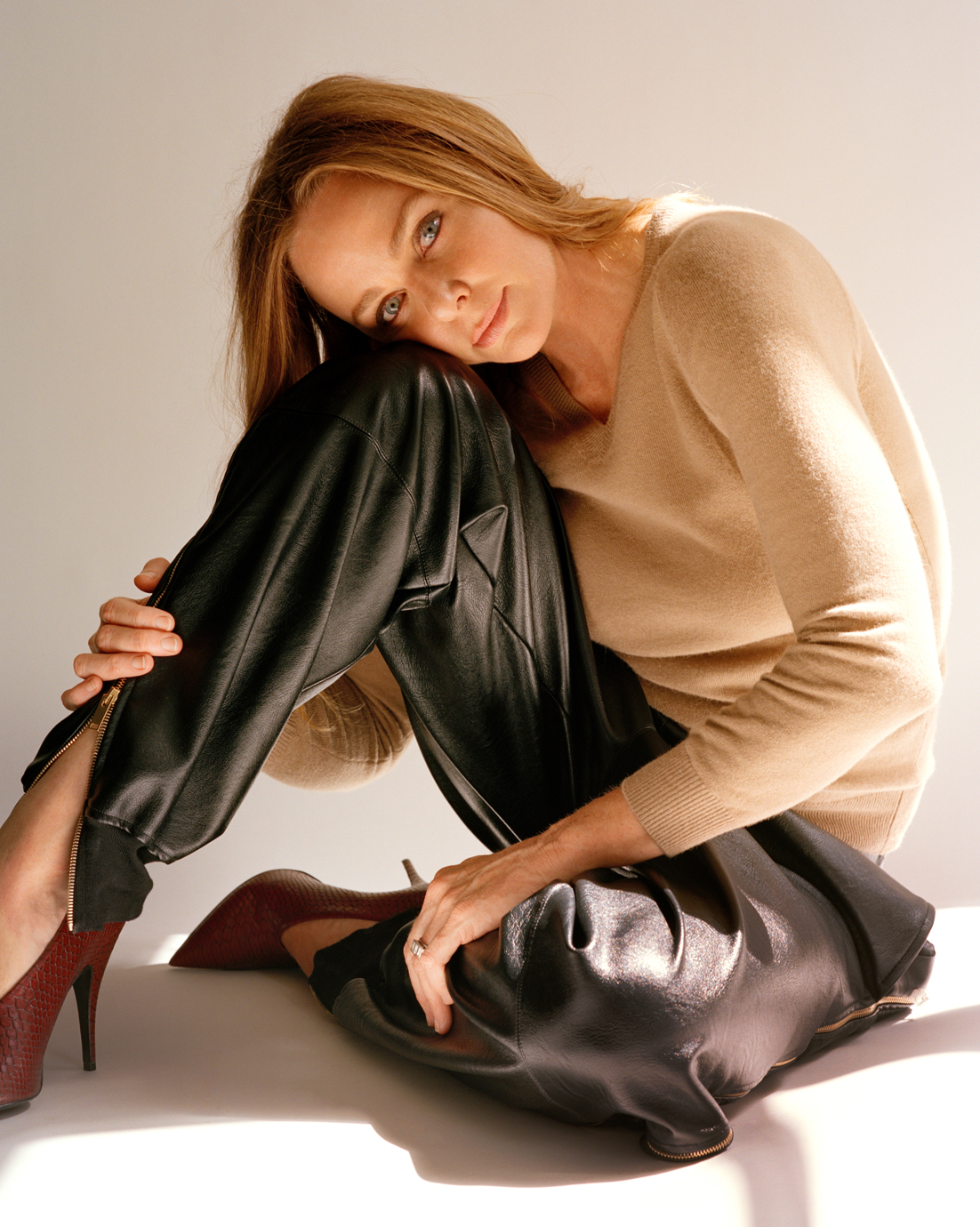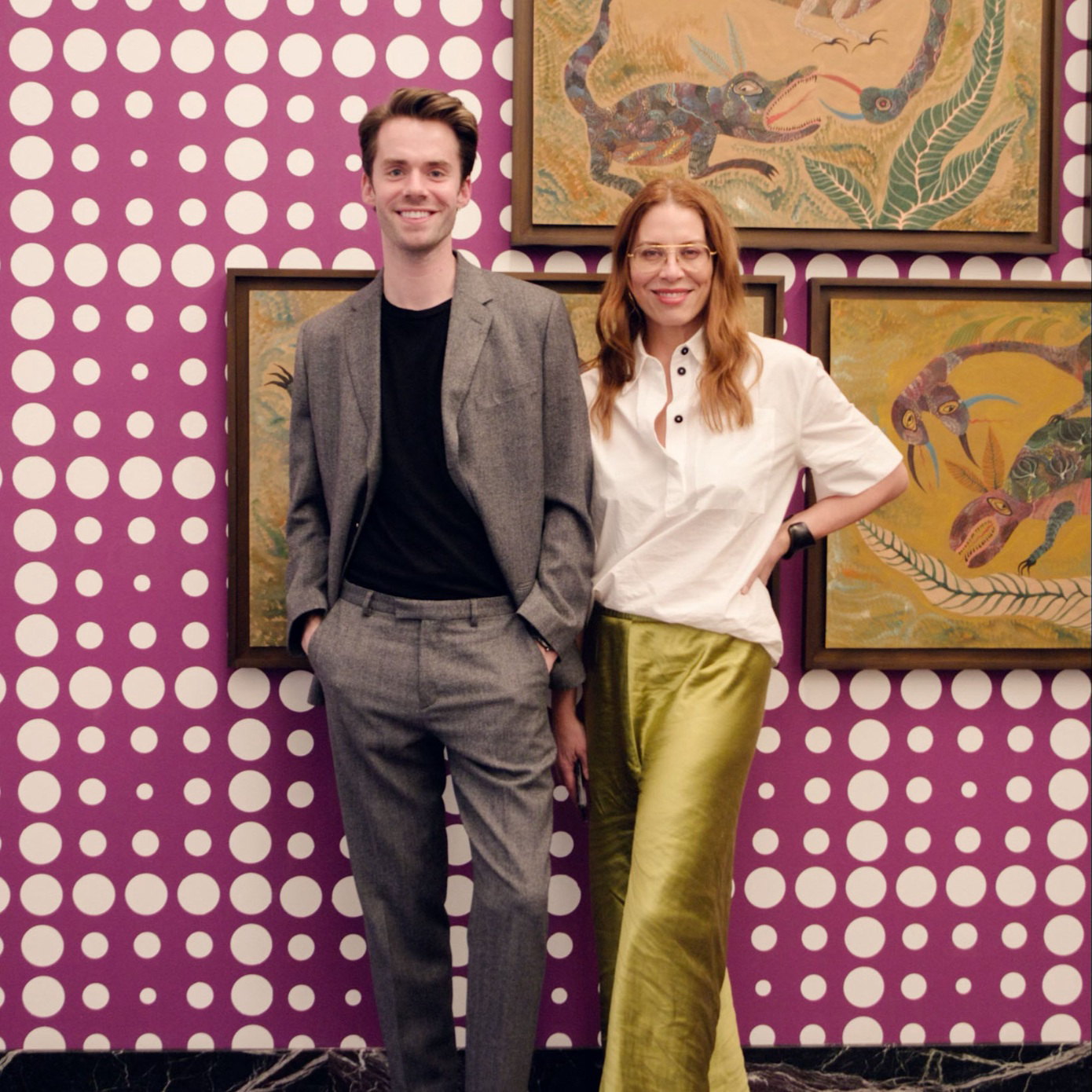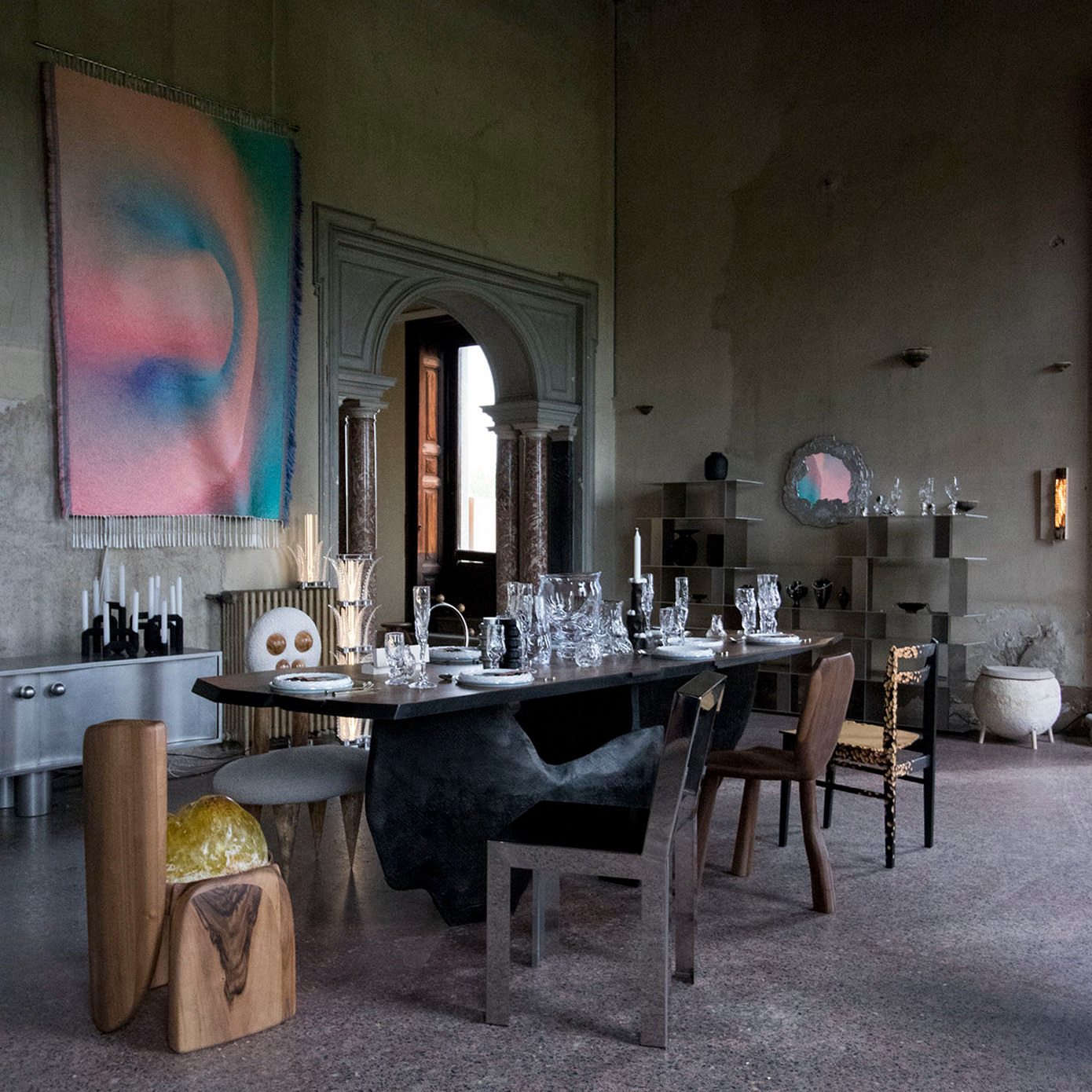
In high school, I plastered the walls of my bedroom floor-to-ceiling with glossy magazine images. One of my favorites was a mid-aughts advertisement from the fashion designer Stella McCartney. It featured a Polaroid image of McCartney herself, probably around age four. She’s bedecked in dozens of necklaces and sitting on the floor with an adorable, albeit rather petulant, expression on her face. I liked how different this ad looked from the slew of others I had up on my wall; there was something deeply personal and almost endearing about it. Being granted a view into a private moment from someone’s childhood was in a way more arresting and shocking than the sexually provocative advertisements that ran elsewhere in magazines. This private expression of someone’s life in a highly public and commercialized sphere also hinted at something universal about the tone of her brand, though at the time I couldn’t put my finger on it. I now realize what it was that grabbed my attention about that photograph and how it speaks to what sets McCartney apart: her brand is dictated by her own steadfast personal values.
While researching for my interview with the designer, I came across something that seemed to confirm her emphasis on leading with what’s meaningful to her. In a 2012 profile in The New York Times Magazine, the designer’s husband Alasdhair Willis says to McCartney that “ultimately, what you offer the market is derived from how you live your life.” Perhaps this ability to hew to her personal values in an immensely public arena isn’t so surprising based on the publicity any child of a celebrity musician receives, no matter how sequestered they were as children. But the result of McCartney’s emphasis on what she believes in can’t be underestimated: to date, Stella McCartney is the longest-running high-end luxury fashion brand that is completely vegetarian.
Her commitment to using leather and fur alternatives is a goal she’s stuck to since her first collection, in 2001, and in this regard, McCartney is a lone island in a sea of brands that espouse ethical intentions, but are far from actually committing to them. I spoke with McCartney about how she weaves her personal values into her public work, what influenced her decision to create a fully vegetarian fashion brand, and how there isn’t that big of a difference between farming and fashion.
Eugenie Dalland: Can you tell me about the first few seconds of inspiration for a collection, garment or project?
Stella McCartney: At the start of the pandemic last year, when we were first getting used to being in isolation, I had the opportunity to reflect about the creative process and how usual it is for artists, musicians, architects and designers to create in isolation. Innovation often comes during times of solitude, and I found myself getting back to those moments. I’m used to working with a team, and I suddenly found myself during these insular moments rediscovering what made me want to be a designer.
ED: How has your creative process changed over the years? What piece of advice would you give your 2001 self?
SM: If I could give any advice to my 2001 self it would be to follow through on your promise: it’s a constant journey, but it will have a massive positive impact. You know, at the beginning, the way I approached fashion wasn’t trendy or cool. I was ridiculed for wanting to work sustainably and people doubted that I would see success without using leather or fur in my designs. By committing to sustainable practices, we have definitely faced challenges and made sacrifices along the way, but I’m proud of how far we have come.
ED: What is something you remember vividly from your time working with tailors on Savile Row?
SM: I remember working with those guys and thinking that they were like the builders of the fashion industry. You know, the nuts and bolts. Making a jacket is really like building a building. I’m constantly referring back to the skills I learned in those three years, and tailoring is and always will be completely part of the Stella McCartney DNA. “Staying power is the most important thing.” I have carried that all through my life. But you also have to be responsible in every way, that’s how you will stand out. I want the way I do business to become the norm in this industry—so I am no longer an exception.
ED: What forthcoming projects are you most excited about?
SM: It’s not a project per se, but one material I’m particularly excited about, that we used in our Winter 2021 collection, is the responsible and traceable wool from regenerative farms. This is an area we are putting a lot of focus on at the moment because we see regenerative agriculture as the future of the fashion industry and a real solution in helping to make the industry more sustainable. Regenerative agriculture is also referred to as “carbon farming” because it increases biodiversity, regenerates topsoil, improves watersheds, enhances ecosystem services and sequesters carbon in soil. The farm we have been working with is based in Australia and has been practicing “Natural Intelligence Farming” for over 10 years now, honing their approach together with leading soil scientists and local indigenous communities, after years of trial-and-error on their lands. They have restored thousands of hectares of degraded lands through their farming practices, and also place animal welfare at the center, which was one of the main reasons we chose to partner with this particular farm.
Craving more culture? Sign up to receive the Cultured newsletter, a biweekly guide to what’s new and what’s next in art, architecture, design and more.



